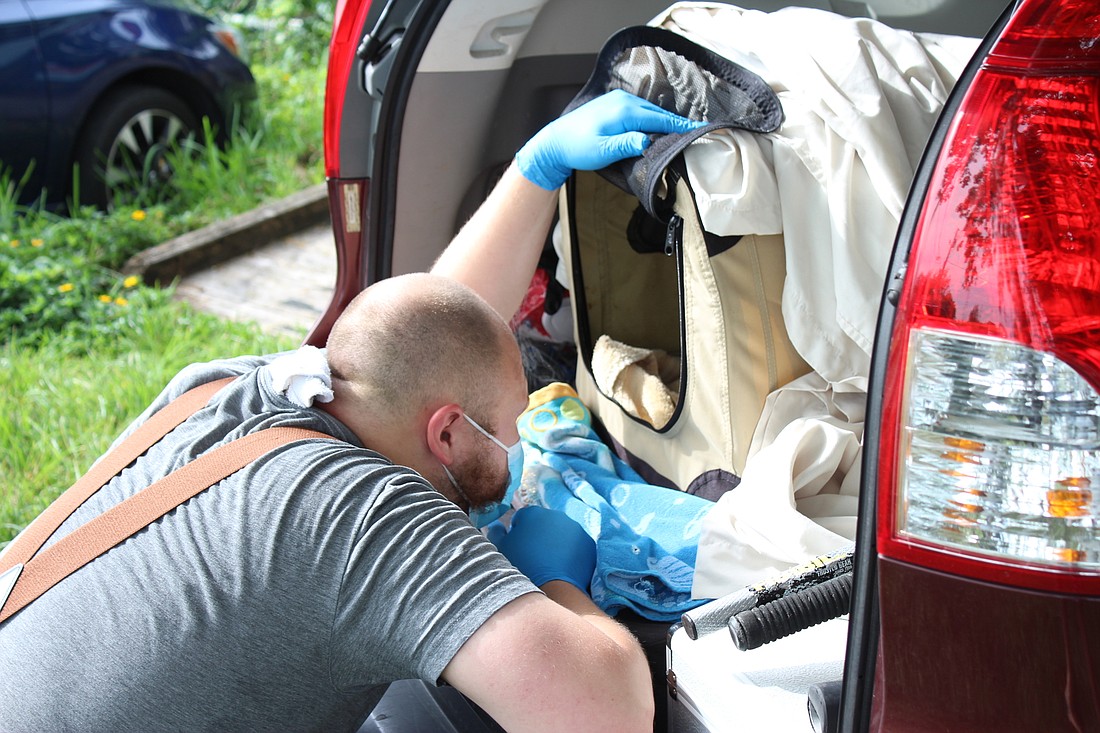- April 26, 2024
-
-
Loading

Loading

Linda and David Gnass have been married 42 years. For the past nine, they’ve been rescuing birds together. “Rescuing is not for everybody,” Linda said. "You see some bad things. It’ll break your heart."
Being a duo is especially helpful on rescues because they can herd the animal to a place they can either grab it by hand or catch it in a net gun, powered by air cartridges that shoot about 10 feet.
That’s how they trapped this sandhill crane, also known as a colt.
The couple observed it for about an hour; it had two encounters with other adult cranes. When it became clear the colt was too young to fly and had no one to teach or protect it, they trapped and transported it to Save Our Seabirds.
David said 80% of their sandhill crane rescues happen on golf courses.
Does that mean you should keep an eye on more than your ball the next time you hit the fairway at the Longboat Key Club? No.
According to Jessica Caryol, the office and outreach manager at Save Our Seabirds, sandhill cranes are usually found inland. Residents are more likely to come across gulls, anhingas and cormorants near the beach.
She says to look mostly for obvious signs like hook or line injuries, but sometimes the birds can have toxicity due to red tide.
“They don’t fly. They don’t move around easily,” she said. “The key there is that they’re easy to approach. That’s not a good sign.”